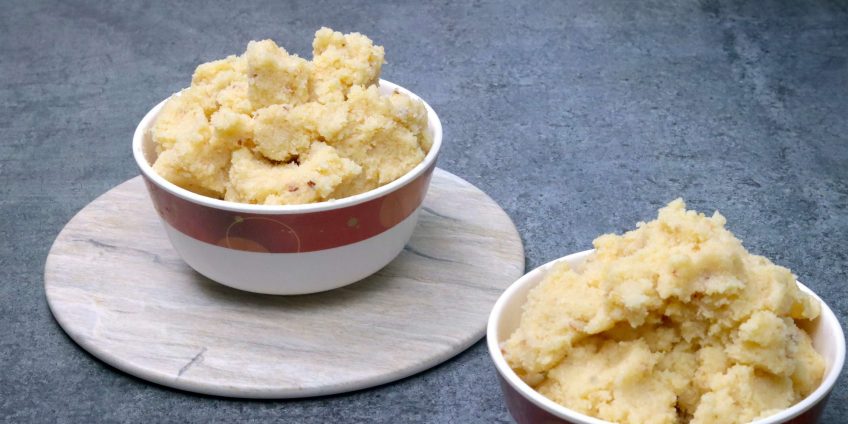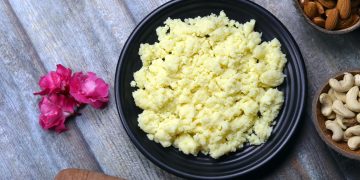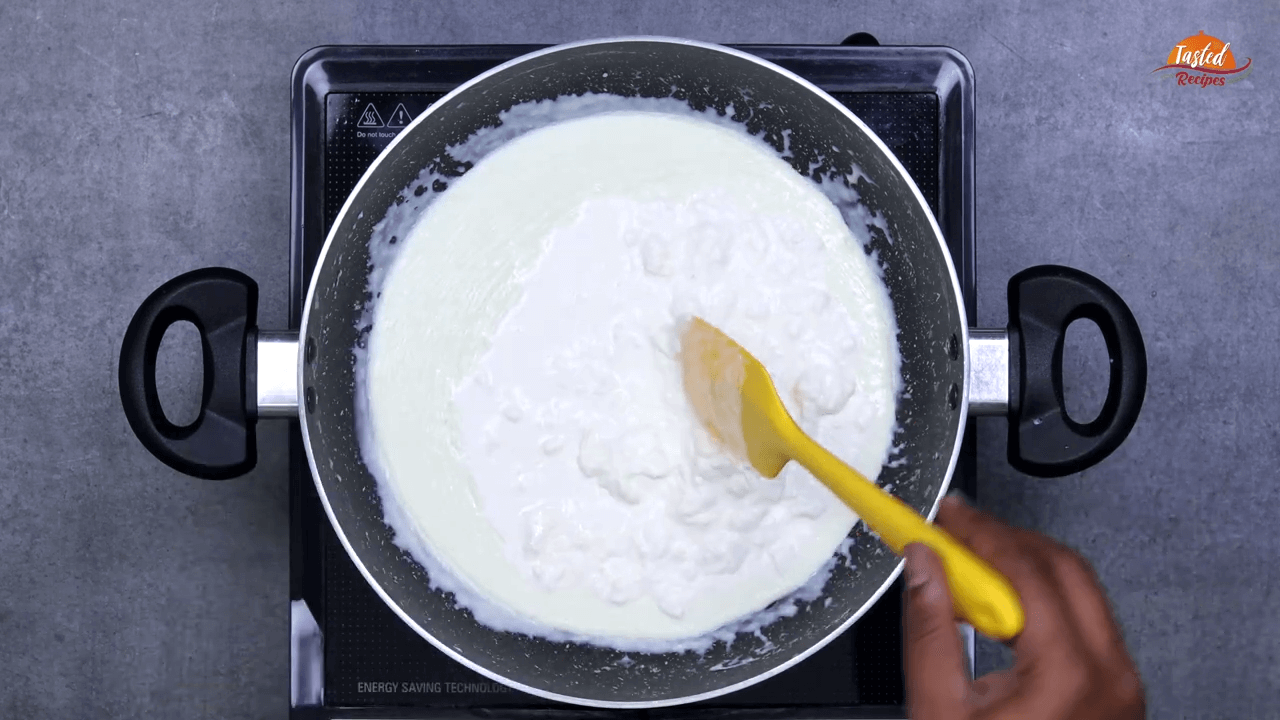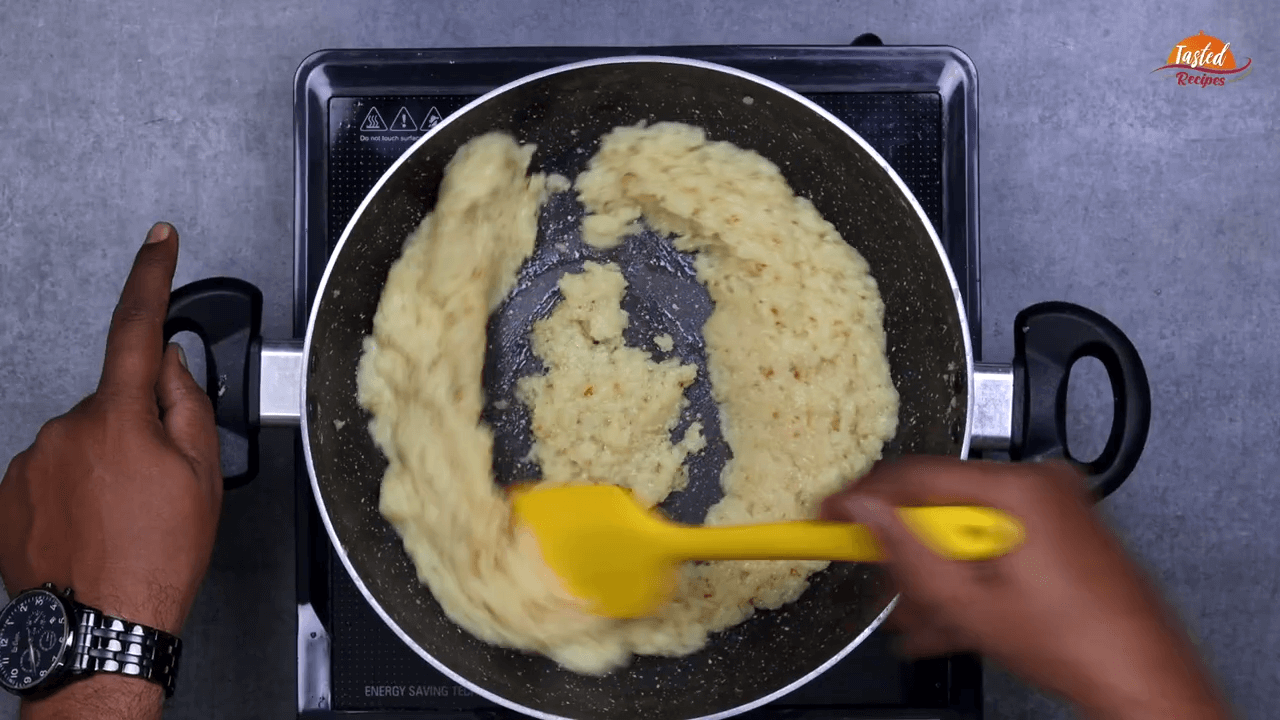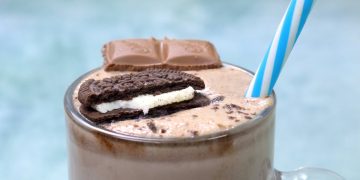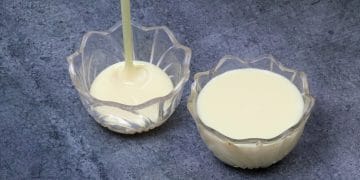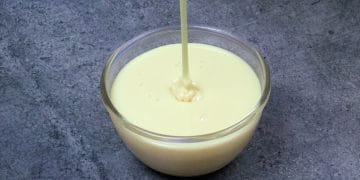Milk mawa, aka milk khoya, aka solid milk, is one & the same. It’s just that we call it by different names. This ingredient is often referred to as mawa or khoya, is inevitable in Indian sweet dishes.
Making mawa out of milk is similar to making homemade condensed milk using full-fat milk or milk powder. I have made both milk & milk powder condensed milk.
Today I am sharing milk mawa made using just milk and malai. You will be surprised to know there are only two ingredients – milk and milk cream (malai). That’s it. However, you can skip the milk cream & still make mawa out of it.
Table of Contents
What is Milk Mawa?
Simmer milk until half and stir continuously to get solid remains is milk mawa. The process seems easy but can be daunting for beginners. Even seasoned chefs & cooks accidentally burn their milk.
Mawa (khoya) is the base ingredient of conventional Indian sweets, aka mithai. It gives a silky smooth texture and a milky flavour to the recipe. There are countless recipes wherein mawa is used. You can find them on the youtube channel.
The best part is it’s a great binder. Mava tends to hold other ingredients in one place. Moreover, it helps you give desired shape too. For example, penda, surti ghari, mawa ghughraa, etc. Without it, other ingredients will fall apart.
What happens if I don’t remove the mixture from the hot utensil?
Your pan or kadhai & the mixture in it is still hot. If you don’t remove it, it will continue the process and overcook the mixture. As a result, the mixture will start turning red and release more ghee.
The ghee in it starts frying the mixture making it reddish-brown. The technique to avoid frying is to put off the flame, remove the mixture from the hot utensil, and layer it in a flat dish.
This way, it will cool down faster. The frying process will immediately stop due to a sudden drop in the temperature. Place the dish underneath a fan & use a spatula to turn the mixture upside down. Repeat the steps till it is completely cooled down.
Remember the following
The utensil you use to boil milk must have a thick bottom. Mine is a little thin though it is nonstick. You can use steel or aluminium kadhai.
Additionally, the vessel must be deep enough to hold & boil 1 litre of milk. Do not cover the vessel, or else the milk will flow out. Lastly, be cautious because the milk is deadly hot. Keep your kids away to avoid any misfortune. Rest everything’s sorted.
Since I have covered all the necessary details, it will be easy for you to make milk mawa at home. Tell me in the comment section how did it go. The steps include pictures that will help you better understand the textures. So, go on.

